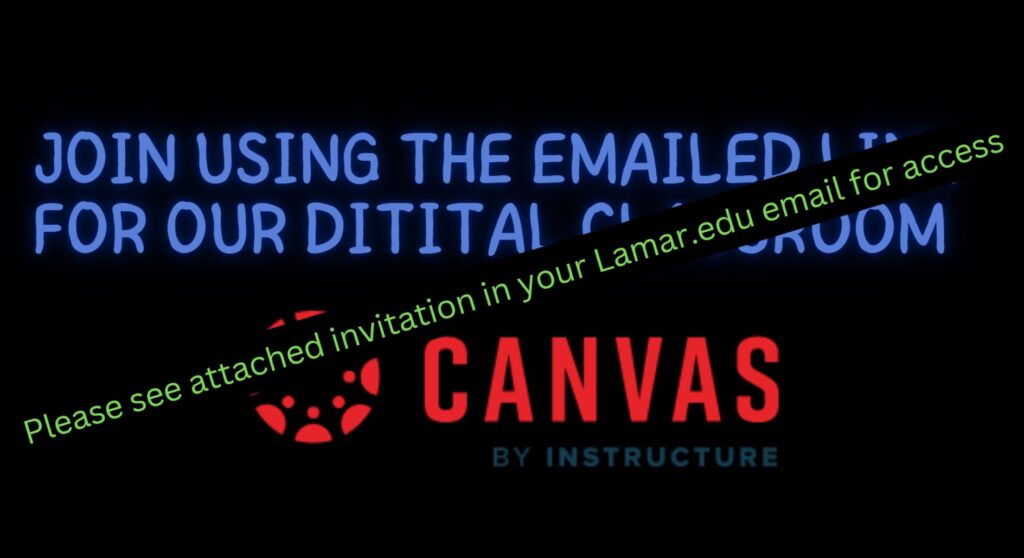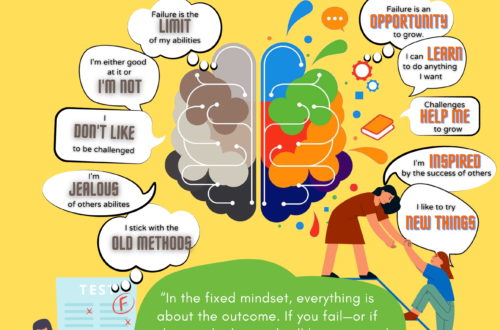
Implementing Professional Learning
Research has shown that professional learning requires 5 key characteristics to create change. All too often, people who lead these courses fall back to the comfortable method of the sit and get model, negating the very lessons they are trying to impart. In the current century, it is time to move past what feels good and move on to what is right. This requires effort and a willingness to fail and learn. So many times in my life I heard that you can learn from your mistakes. As an adult, I now know you only learn if you reflect and want to change. If you see the harder path before you and step off, knowing full well that the easier path is full of wolves in sheep’s clothing ready to snatch any hope for a brighter future, you can never make lasting change. Doing so not only lets down yourself, but the people you train. When implementing any professional learning program the following 5 keys elements must be present for success:

- Learning Takes Time: professional learning is not achieved overnight; professionals require time to learn the material and understand how to implement the concepts.
- Ongoing: for teachers to implement change, they must address specific challenges including approaches to issues which require coaching to achieve.
- Active Learning: passive learning is not remembered, so teachers should be engaged in learning to understand how to implement the new concepts.
- Modeling: allowing for teachers to create the concepts and model how they would use it in the classroom.
- Content Specific: teacher need to have materials that are easily applied to their classroom. Having to rework the material to fit their classroom needs may be difficult in the whirlwind of the daily workplace.
Call to Action
Walking through the development process of creating significant professional learning in the Call to Action was a challenging task. I find that creating material is very simple, but illustrating the steps took a lot of work. This very useful process really made me think about why and how I made my material. I hope you enjoy the final product linked below.
The PL Schedule
My Audience
As a science teacher, I noticed that a lot of my fellow teachers are adverse to using technology in the classroom. Most of them were completely turned off from technology due to COVID forcing remote/virtual learning. I will need to clearly show them how the effective addition of technology will improve their students’ understanding. Some of my fellow colleagues use edtech involving Gizmos or PHET for virtual labs. I need to teach them that this tech-rich instruction is not blended learning, since the students have no voice or pace to the use of this technology. During my last February PD, we were trained on using Gizmos. Four teachers talked about how great Gizmos were, and how they used them in the classroom. Unfortunately, all of them told us that students disengage and simply copy the key from the internet. My goal is to help these teachers know that while Gizmos is a great tool to be used in the classroom for blended learning, the work they are grading should not be just a worksheet with a key found online. Rather, they should create an illustration showing how the students have learned and mastered the content. This could be an online discussion that allows students to post what they have learned and respond to their peers. I plan to model this concept on the first PL day during the morning session. The teachers will learn about blended learning, then they will create an infographic or flyer to share with their peers while displaying what they have learned. They will collaborate with each other during the creation of the digital media. They will post the digital media to a discussion post in the digital classroom. Each teacher will be required to respond to their peers in a meaningful manner to show support for their efforts. Since this will be the first time many have created any digital media, I plan to allot more time for assistance in its creation.
For the teachers to be capable of creating digital media over what they know regarding blended learning, I will guide them in discovering what blended learning is, why we should use it, and to incorporate this learning methodology into the teachers’ lessons. The way that I plan on achieving this goal is one that induces exploratory learning. The teachers will be shown how to learn about BL using guided questions. They will complete an activity that has them analyze the different types of BL for their perceived benefits and concerns. Once they have looked at the different types, they will analyze their concerns. I will give them a handout for note taking, but the small group discussion will be their key to learning how to overcome their fears regarding implementing this type of learning in the classroom. They will also be encouraged to look up solutions to their concerns, talk with other groups, and then ask the instructor for guidance as a last resort if needed. Once they feel confident in their understanding, they will reanalyze the four main types of BL using a brainstorming activity to think of ways they may incorporate BL into their lessons. I expect each individual to work through the material at their own pace. The final project for the morning will be completed at various times and the teacher will be released for lunch once finished. The afternoon session will have them working on adding BL into their lesson. They can complete this in a group or individually while letting the group support them in their creation of the lesson. Each person will be responsible for presenting their ideas at the end of PL and will include the lesson plan for the day. Since each person/group will finish at different times. I will encourage them to work on more than one lesson until it is time to share their plan.
Instructional Design: BHAG & UbD
To inspire/empower teachers school-wide to become self-directed teachers giving their students confidence in problem solving to tackle real-world challenges.
Resources:

References
ELM, L. (2022, September 15). What is blended learning? examples & more. ELM Learning. Retrieved March 1, 2023, from https://elmlearning.com/blog/blended-learning-everything-need-know/
Fink, L.D. (2003) A Self-Directed Guide to Designing Courses for Significant Learning. San Francisco: Jossey-Bass.
Ganim, Z., Distracted, disengaged students? possible reasons why. Psych4Schools. (2017, August 23). Retrieved March 1, 2023, from https://www.psych4schools.com.au/blog/reasons-student-disengagement/
Horn, M. B. (n.d.). Models of blended learning. Blended Learning Universe. Retrieved March 3, 2023, from https://www.blendedlearning.org/wp-content/uploads/2014/11/1-Models-of-Blended-Learning.pdf
Horn, M. B., Staker, H., & Christensen, C. M. (2015). In Blended: Using disruptive innovation to improve schools. essay, Jossey-Bass.
Nietzsche, F. W. (2014). Beyond good and evil. Millennium Publications.
McTighe, J., & Wiggins, G. P. (2004). Understanding by design: Professional development workbook. Association for Supervision and Curriculum Development.
TedTalk. (2014). How to avoid death By PowerPoint. YouTube. Retrieved February 7, 2023, from https://youtu.be/Iwpi1Lm6dFo.
Thalmann, M., Souza, A. S., & Oberauer, K. (2019). How does chunking help working memory? Journal of Experimental Psychology: Learning, Memory, and Cognition, 45(1), 37–55. https://doi.org/10.1037/xlm0000578





